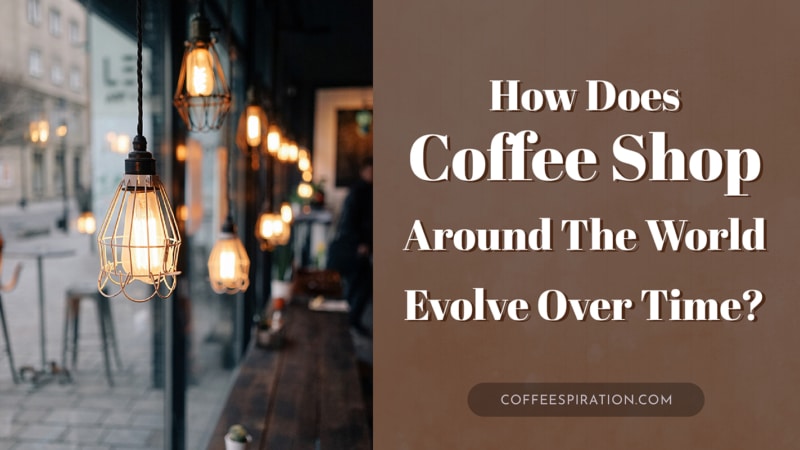I remember hearing someone said, “Coffee shop is my second house”. Well, technically, they are not wrong. At some point in our lives, we actually spent so much at the cafe more than we spent at home–obviously, not in the days of covid. Don’t get me wrong, I also like staying at home. I think home is the best. But there is this addicting aspect about coffee shops that most of us would agree on why it kept us going over there continuously.
Come to think about it, maybe it is the friends that we hang out with over there. Perhaps it is background music that vibrates the appropriate energy for us to get our work done. Or possibly because of the services and food that cafe successfully delivers to us. I would say all of the above is fitting to why cafes are addicting to go to. Personally, I just love to enjoy the view, the soft humming background music, and the fresh smell of different coffee made every 2 minutes.
Has cafe always like this in the past too? This is the theme of our article today. If cafe is this beautiful and friendly in today’s period, what was it like during the “first” coffee shop? Were people excited to go to the cafe as we do now? Was it even popular back then? Exploring the history of coffee shops is just exciting as going to the cafe itself. Because we can discover the special features about cafes that you might not have heard before. Especially if you are looking forward to opening a cafe of your own, probably studying about coffee house evolution would be beneficial. But most importantly, studying about the past allows us to appreciate more of the present. It is the legacy that we should value and the time and effort that took to create a masterpiece.
Today, I am going to introduce 4 main evolutions of coffee houses for you. You may argue that coffeehouse evolution is more than that. But I am going to categorize 4 main evolutions according to myself namely the Middle Eastern period, British, American, and Modern cafes. And we shall see the differences between an evolution to another. And most importantly, we are going to analyze the style, functions, and atmosphere of the cafe.
Contents
First Coffee Shop Ever
Legend has it that the first coffee shop was actually located in the Middle East. It is also corresponding to the fact that coffee was first discovered in Ethiopia. Actually the two regions are closely connected to one another. Since ancient history is old, people can’t really seem to have backup facts about it. They would assume that the first coffee house was in the Ottoman Empire which is Turkey in the present day.
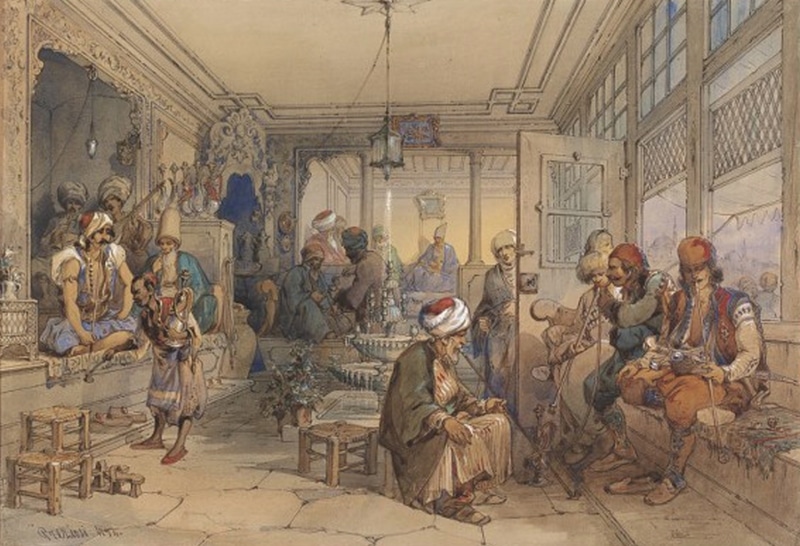
Firstly, coffee was discovered in Ethiopia in the 9th Century. And it is not like the coffee beans that you and I see nowadays. Before coffee beans were not flourishing as we see in coffee shops or ready to sell bags but it was in the form of cherries. Big and bulky in its original state until people discovered the technology to transform it into small size beans like today. And coffee was not popular immediately right after the discovery. It took many centuries to get people to understand that you can actually make a drink out of it. People usually used it for rituals and religious practices.
Up until the 15th century, coffee became very popular and reached the Middle East region specifically the Ottoman and Moroccan Empire. During this time people would start to drink coffee and led to the invention of the coffee house.
As we can see from the picture, the first coffee house in the Ottoman Empire was not as fancy as we are today. They did not have a coffee machine, background music, or servers running around like we do now. The design of the coffee house was not that luxurious either. As suggested in the picture, it was simple and free. A single or two servers will make the coffee. While people had the freedom to talk, serve themselves, and enjoy any ongoing discussion.
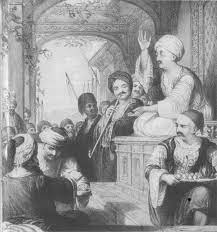
Apart from the delicious coffee, people also were drawn into the discussion that was happening inside the cafe. Coffee houses in that period were consider a “school of thoughts“. People could gather and discuss political matters and criticize the government fearlessly. Plus, this act was not consider as illegal, because the government does not care about what the people say. It was also a place to conduct deep and meaningful conversations. People would gather from all over the place and converse flawlessly about their experiences and exchange ideas.
Moreover, cafes were platforms for people to enjoy board games such as checkers, hopscotch, chess, etc… At the other corner, storytellers were projecting colorful legends and myth harmonizing listeners into their stories. Whilst others were consumed with listening to preachers shouting in the center about love, morals, and evil. The cafe was a platform where many things happened all at the same time. People had the freedom to meet, converse, and engage with new experiences. No wonder why cafes were quick to rise into popularity back then.
Coffee Shop in England
After the spread of coffee houses in the Middle East, this idea also traveled quickly to England. Coffee shops were amazingly popular and the number of cafes rose significantly in England. However, cafes were not regarded highly throughout times in England. There were controversies at the same time support for the existence of the coffee houses.
*Fun fact: Tipping was created in England at coffee shops. As an expression of gratitude and fast service, people would drop a penny in a jar at the counter.
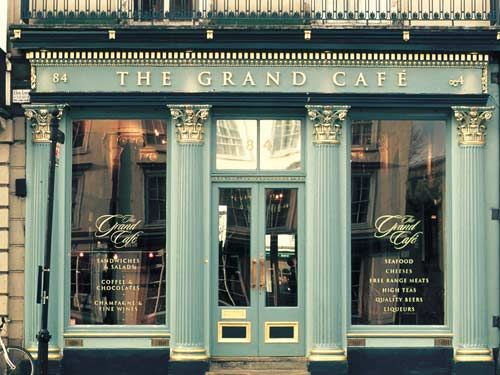
The first coffee house was opened in 1652 by an English man who frequently traded with Turkish residents. Probably, this man saw the future of coffee houses in Turkey and would love to spread this culture–the culture of sharing, gathering, and conducting a conversation about heated topics–to England as well. He was not incorrect about that. The coffee culture skyrocketed and grew in instant popularity. Therefore, the first coffee house emerged during that era.
First, it was conflicting with England’s traditional pub. English people used to have “pubs” to enjoy alcoholic drinks, get together, and socialize. From time to time, people get used to it, then they shared an interest with coffee. Plus, due to the fact that most debates were conducted in cafes and it usually hosted a proper place for meetings, coffee shop grew greater in popularity.
One of the oldest cafes in London and still remains today.
Throughout the period of Charles II (1649-1651), cafes were regarded as “Penny University”. Because people from absolutely anywhere were able to enter with a payment of just 1 penny. And they can access many resourceful items and experiences such as newspapers, books, or listening to people talking about the government, stock, or auctions. It was crazy amazing because, with just a penny, people with different backgrounds and social statuses were able to unite and share their knowledge. Scholars and regulars would sit across one another with printed materials in their hands while their attention drifted over to listen about a heated discussion nearby. And sometimes a scholar might arise from his seat with a book in his hand to agree with the proposed idea. Whilst, others remained seated with coffee glued on the table as they were examining the occurring discussions.
As time went on, the coffeehouse was known as a platform to conduct business. It was very famous to do so in the period of Lloyd’s coffee house ( 17th to 18th Century). The famous coffee house located nearby the Lloyd’s of London. This was where the stock commissioner performed their magic and illustrated the constantly changing prices of stock. It was a platform for government announcements as well. Whenever there is a new policy or declaration, a cafe packed with people was the fastest way to spread the news. Meanwhile, people can criticize government policy. It was the finest time of liberty and freedom.
Finally, in the Victorian era, a coffee house was a place for the working-class to relax without alcohol. This was an alternative to England’s traditional pub. This function in the Victorian era is the same as the Modern Cafe today.
Coffee Shop in America
America was one of the fastest colonizers of coffee houses. Coffee has been around for so long just as blue jeans in America. The first coffee house was in Philadelphia, also known as the City Tavern. It often referred to as modest ventures. Moreover, it was a joint place for some of the finest minds to meet including Washington and John Adams. Later on, the United States created another Tontine Coffee House in New York, similar to Lloyd’s London. This cafe was the second home for stock brokers and business creation.
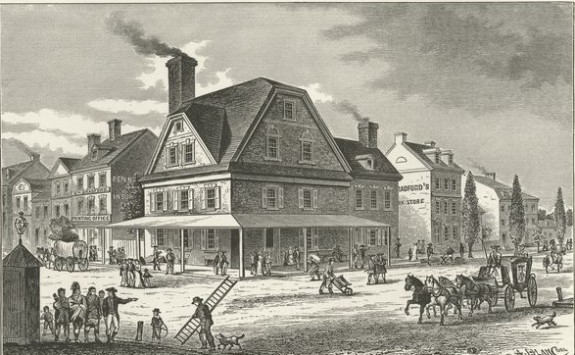
More importantly, coffee houses in America were just a prominent place to gather but a commercial place. Inside the cafe, coffee, food, and alcohol were served regularly. Meanwhile, commercial activities still proceeded. For instance, coins, currencies, or bills were traded in specific time and hour. The front porches of the coffee houses installed with printed materials, paintings, or books displayed for selling. Furthermore, in the 18th century, coffee houses were also a place for newspaper subscription.
As time continued to move forward, during the American revolution, coffee houses served as a platform for political advocacies. Political figures would use cafes as a place to preach about reformation as well as to strengthen the ongoing force of protest.
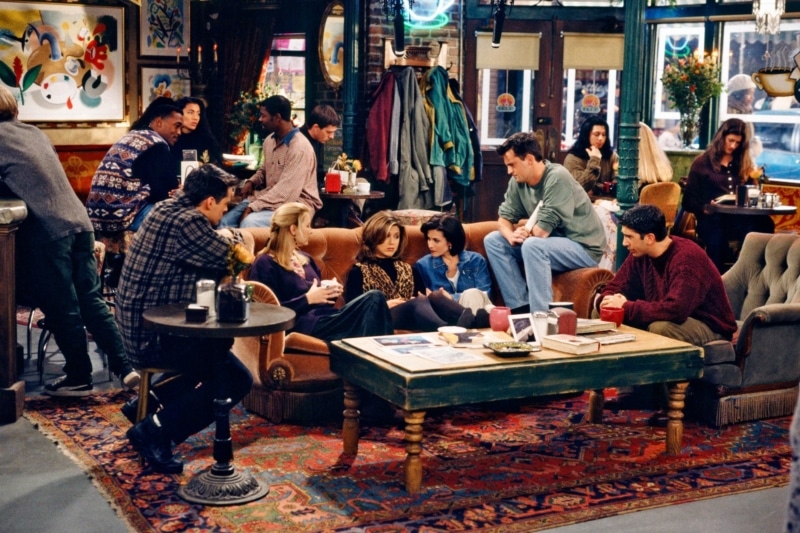
In the late 18th century and early 19th century, the commercial features that existed once in coffeehouses were gone. And it had become its own independent industries such as banks, insurances, or companies. Therefore, it left the cafe lonely and empty. Because without the heated discussion, sharing sessions, and political agenda, coffee shops will not be interesting. Hence, coffee shops moved to the urban areas of the country, promoting peaceful and quietness of the countryside. Some coffeehouses would endorse their creative menus, others would offer knowledgeable guest speakers, and others decorated their cafe with nature and animals.
During the 1990s, coffee houses were popular once again. Although the creation of other diners or restaurants were increasing in competition. But the coffee house made their comeback. A prominent example would be the sitcom “Friends”. This is one of the outstanding shows ever in history. However, it features a coffee house that the characters would hang out in the cafe all day long. They would spend time with one another while sharing their stories and creating more memories along the storyline in the coffee shop. This representation really casted a positive reputation for the coffeehouses and its popularity.
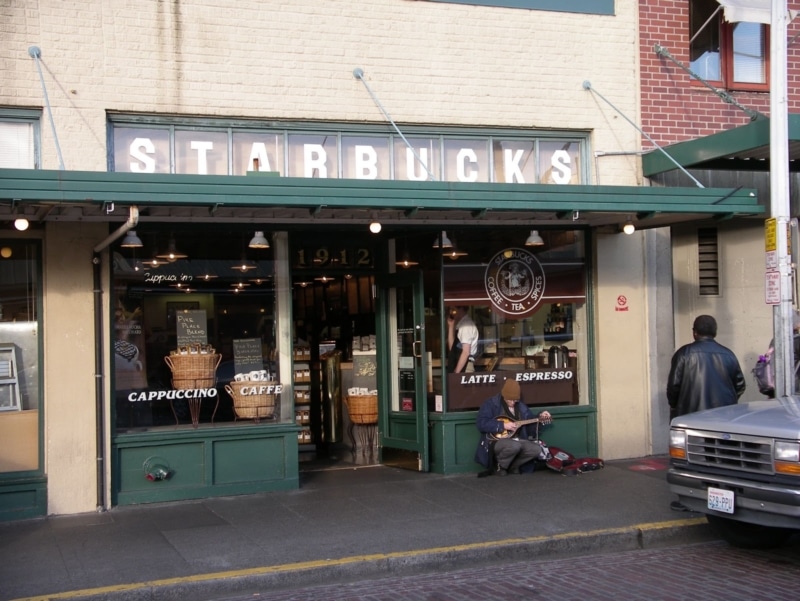
In the 1990s, America witnessed another reform of coffee shops. It was a period known as the “Starbucks” generation. Starbuck rose to fame so quickly and their brands were opening all over the states like wildfire. After the discovery of espresso machines in the 1940s, it made this period even easier to produce coffee. Later on, other brands were emerging as well. For instance, Dunkin’ Donuts and La Colombe. Hence, this signifies the era of Modern Coffee.
Modern Coffee Shop
Now, it is well known to everyone that most of the present coffeehouse is stylish. A few things that we should do first is to acknowledge the similarity between our modern cafe and the oldies. Regardless of the time passes, coffeehouses, from one period to another, still keep the core element alive. The cafe has always been a place for gathering and meetups.
I would like to challenge you. I doubt anyone would think of a better place to meet up other than a cafe. It is the easiest, most accessible, and appropriate setting to meet with a friend, colleagues, or conduct any formal/informal occasions. The setting is beautiful. All around there are chairs, lounges, and tables where you can put your laptops or books. It is remarkably handy which is why it attracts so many people here.
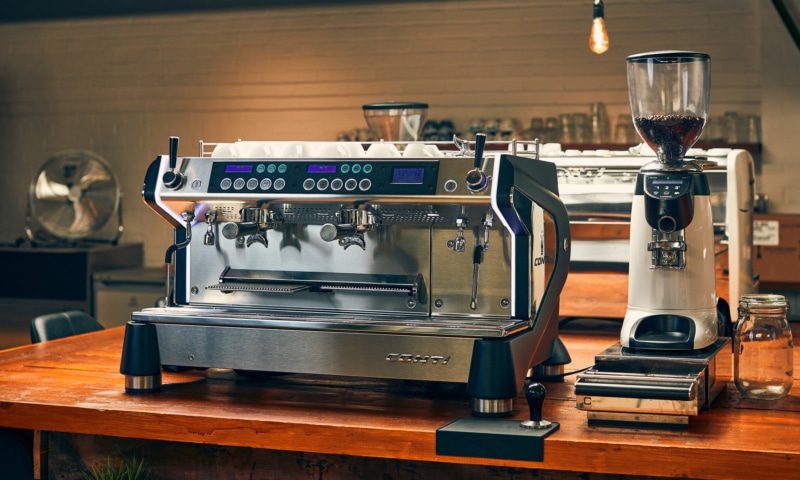
Unfortunately, the modern coffee house is not a platform for political endorsement anymore. Nor it is a place for heated debates to occur. We just do not see people preaching, campaigning, or even debate in cafes. It is mostly a chill place to sit and hangout, meetings, or light discussion. It is a place where young people meet one another and have fun. The modern cafe could be very busy therefore, it is nearly impossible to endorse anything.
Another factor would be that the modern coffeehouse is different from the past coffeehouse because of technology. Let’s just talk about the technology inside the cafe first. Now nearly all cafes are using espresso machines or coffee machines. It is faster and efficient in making coffee in a large amount or in a quicker manner. Moreover, it is great to have around the shop for the reason that it is clean and safe. Coffee machine is worth the investment.
Another different aspect would be the technology of services. I mean the waitresses or waiters are common. But as technology is advancing many cafes have these electric calls to alert you when it is your turn for the coffee. At some place, they have this small device to alarm you. On the contrary, others would allow you to line up.
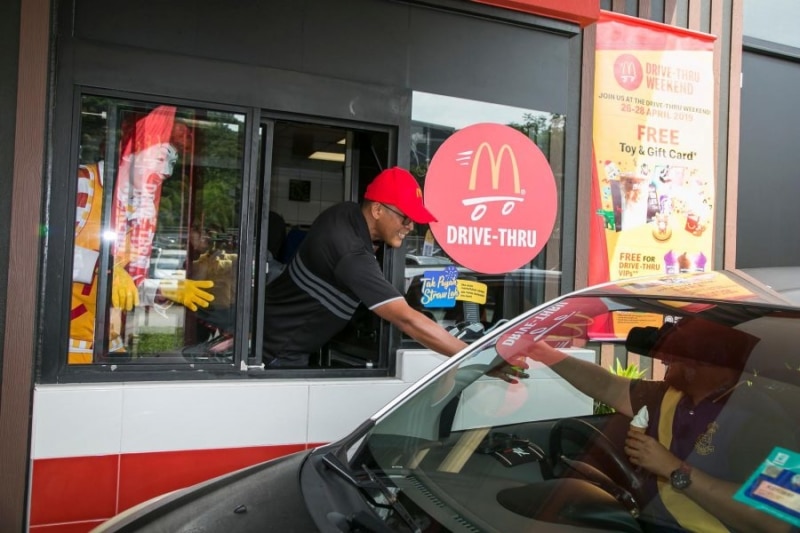
Now a new form of ordering style is created as well. We called it “drive-thru”. This basically means you can just order from your car. By the time you reach the end of the line, your coffee will be ready too. This saves so much time and effort instead of waiting in the coffee shop. You can just say the preferred drinks and wait patiently for a few minutes and the drink will be beautifully waiting at the end of the line.
Next, another drastic change is still technology itself. Remember how in the olden days people would gather to talk about certain topics, or converse about the ongoing business? Today, most of the activity that occurs daily in the coffee shop is working on smartphones or laptops. These technologies are advantageous at one point while it is detrimental as well. This is common to find people facing their backs to the walls, while their eyes are mainly focus to the computer or phone screens. They seemed to be occupied and very busy with their technology to the point where sometimes the surroundings seem to fade away slowly and slowly. Allowing them to consume into their universe of their minds.
Conclusion
Welcome to the present. I hope this fortunate ride throughout time will allow you to understand more about coffee shops and its function in the past. We can see that coffee is a rich culture. It is long-lasting from the genesis of time. And now people still like it regardless.
Cafe represents the idea of gathering and socializing. It is beautiful to have a place for people to meetup and make a discussion about a certain topic. In the past, it served as a platform to spread awareness and to criticize. People just had the freedom to do so and they did it to the finest. Today, coffee symbolizes relaxation, unification, and technology. Even if in the future coffee houses would continue to change, coffee houses sure do make a positive impact on our lives. For that we should appreciate it.
